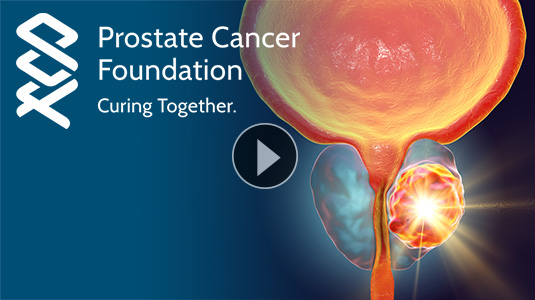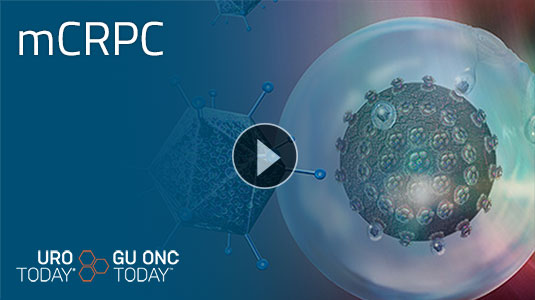- UroToday Home

- Center Of Excellence
Centers of Excellence
Translational Science in Prostate Cancer
An Introduction to the UroToday “Prostate Cancer Translational Research” Center of Excellence
Over the past several decades, significant strides have been made in the development of new treatments for prostate cancer. Twenty years ago, the only option for patients with metastatic castration-resistant prostate cancer (mCRPC) was to continue androgen deprivation therapy (ADT), despite diminishing efficacy; today, there are over a dozen treatment options and combinations for patients with advanced prostate cancer. These new treatments and the advent of PSA screening have reduced prostate cancer mortality rates by over 50% since 1993; however, an estimated 34,700 patients in the U.S. and 375,000 globally are still dying from prostate cancer each year. 1, 2 Our work is not yet done.

Dr. Andrea Miyahira, Ph.D is the Senior Director of Global Research & Scientific Communications at the Prostate Cancer Foundation (PCF), where she directs PCF’s global scientific knowledge exchange program and production of scientific publications and communications, and collaborates in the oversight of PCF’s prostate cancer research awards portfolio. Dr. Miyahira has a Ph.D. in cancer-immunology, and in depth-knowledge of basic, translational, and clinical oncology research.













